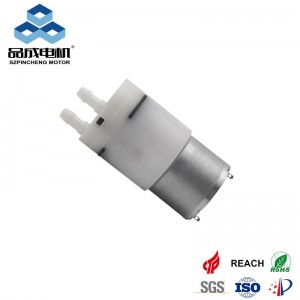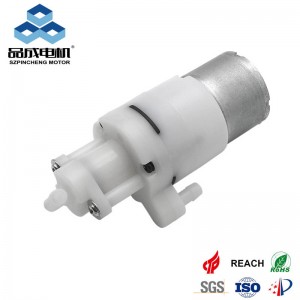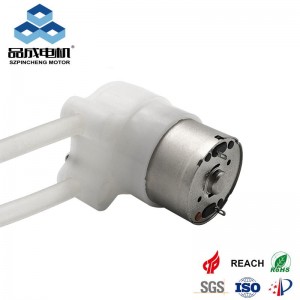Diaphragm pumps, known for their versatility and reliability, are widely used in various industries for fluid transfer applications. Their unique design, featuring a flexible diaphragm, allows them to handle a wide range of fluids, including corrosive, abrasive, and viscous liquids. This article delves into the structural design of diaphragm pumps and explores the key components that contribute to their efficient operation.
Diaphragm Pump Design:
Diaphragm pumps operate on the principle of positive displacement, utilizing a reciprocating diaphragm to create suction and discharge pressures. The basic design consists of the following main sections:
- Fluid Chamber: Houses the diaphragm and valves, forming the cavity where fluid is drawn in and expelled.
- Diaphragm: A flexible membrane that separates the fluid chamber from the drive mechanism, preventing fluid contamination and allowing for dry running.
- Drive Mechanism: Converts the rotational motion of the motor into reciprocating motion, causing the diaphragm to move back and forth. Common drive mechanisms include:
- Mechanical Linkage: Uses a connecting rod and crankshaft to convert rotary motion into linear motion.
- Hydraulic Actuation: Utilizes hydraulic pressure to move the diaphragm.
- Pneumatic Actuation: Employs compressed air to drive the diaphragm.
- Inlet and Outlet Valves: One-way valves that control the direction of fluid flow, allowing fluid to enter and exit the fluid chamber.
Key Components and Their Functions:
-
Diaphragm:
- Material: Typically made of elastomers like rubber, thermoplastic elastomers (TPE), or fluoropolymers (PTFE) depending on the fluid being pumped and operating conditions.
- Function: Acts as a barrier between the fluid and the drive mechanism, preventing contamination and allowing for dry running.
-
Valves:
- Types: Common valve types include ball valves, flap valves, and duckbill valves.
- Function: Ensure one-way flow of fluid, preventing backflow and maintaining pumping efficiency.
-
Drive Mechanism:
- Mechanical Linkage: Provides a simple and reliable method for diaphragm actuation.
- Hydraulic Actuation: Offers precise control over diaphragm movement and is suitable for high-pressure applications.
- Pneumatic Actuation: Provides a clean and efficient drive method, ideal for explosive or hazardous environments.
-
Pump Housing:
- Material: Typically constructed from metals like stainless steel, aluminum, or plastics like polypropylene, depending on the application requirements.
- Function: Encloses the internal components and provides structural support to the pump.
-
Seals and Gaskets:
- Function: Prevent leakage of fluid and ensure proper sealing between components.
Factors Influencing Diaphragm Pump Design:
- Flow Rate and Pressure Requirements: Determine the size and power of the pump.
- Fluid Properties: Viscosity, corrosiveness, and abrasiveness influence material selection for the diaphragm, valves, and housing.
- Operating Environment: Temperature, pressure, and presence of hazardous materials dictate the choice of materials and drive mechanism.
- Maintenance Requirements: Ease of disassembly and component replacement is crucial for minimizing downtime.
Pincheng motor: Your Trusted Partner for Diaphragm Pump Solutions
At Pincheng motor, we understand the critical role diaphragm pumps play in various industries. That's why we are committed to providing high-quality, reliable, and efficient diaphragm pumps tailored to meet the specific needs of our customers.
-
Our diaphragm pumps offer:
- Robust Construction: Built to withstand demanding operating conditions and ensure long service life.
- Wide Range of Options: Various sizes, materials, and configurations to suit diverse applications.
- Customization Options: Tailored solutions to meet specific requirements.
Explore our range of diaphragm pumps and discover the perfect solution for your application.
Contact us today to learn more about our products and expertise.
By understanding the structural design and key components of diaphragm pumps, you can make informed decisions when selecting the right pump for your specific needs. With their versatility, reliability, and ability to handle challenging fluids, diaphragm pumps continue to be a preferred choice for fluid transfer applications across various industries.
you like also all
Read More News
Post time: Feb-18-2025




